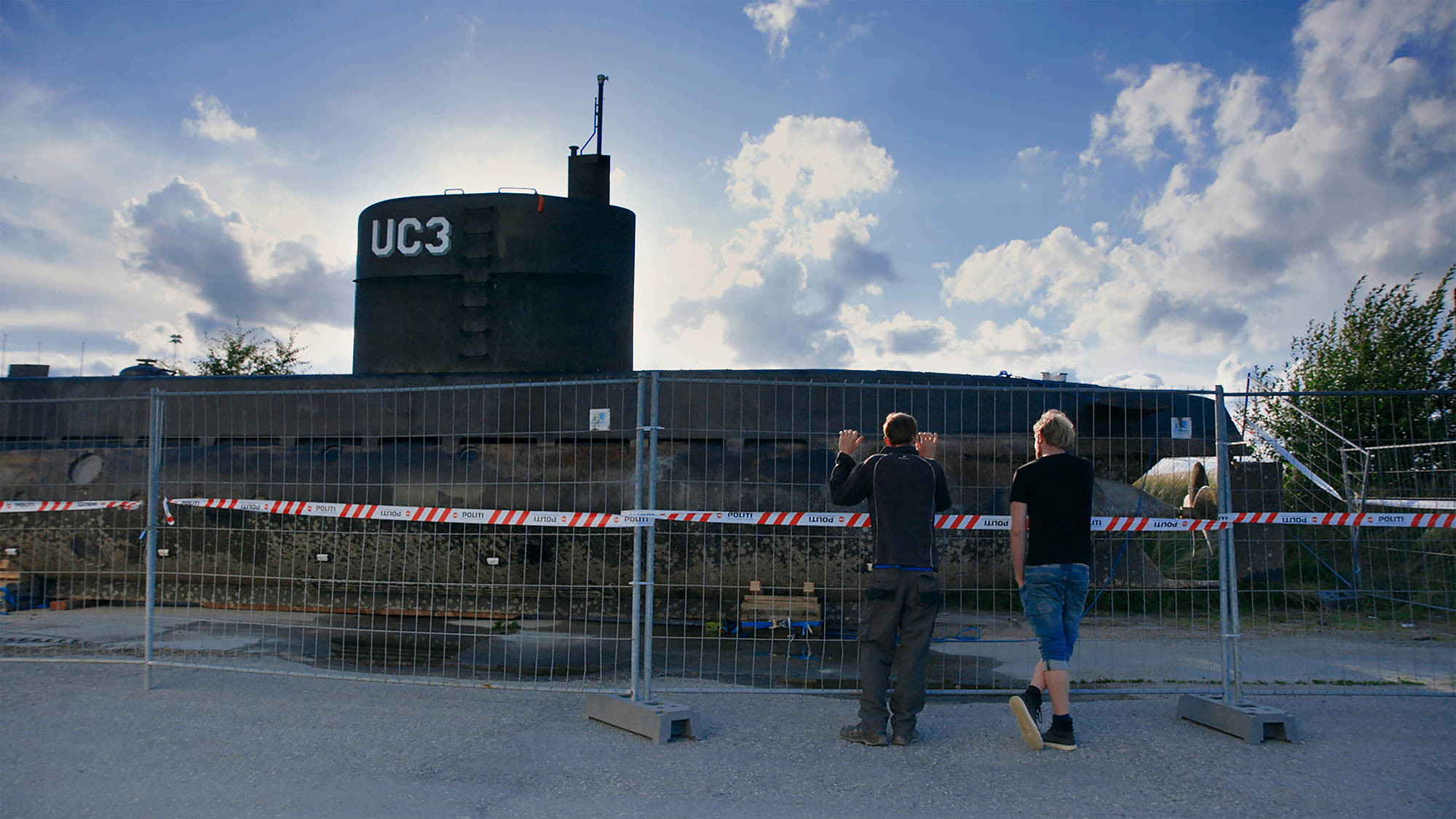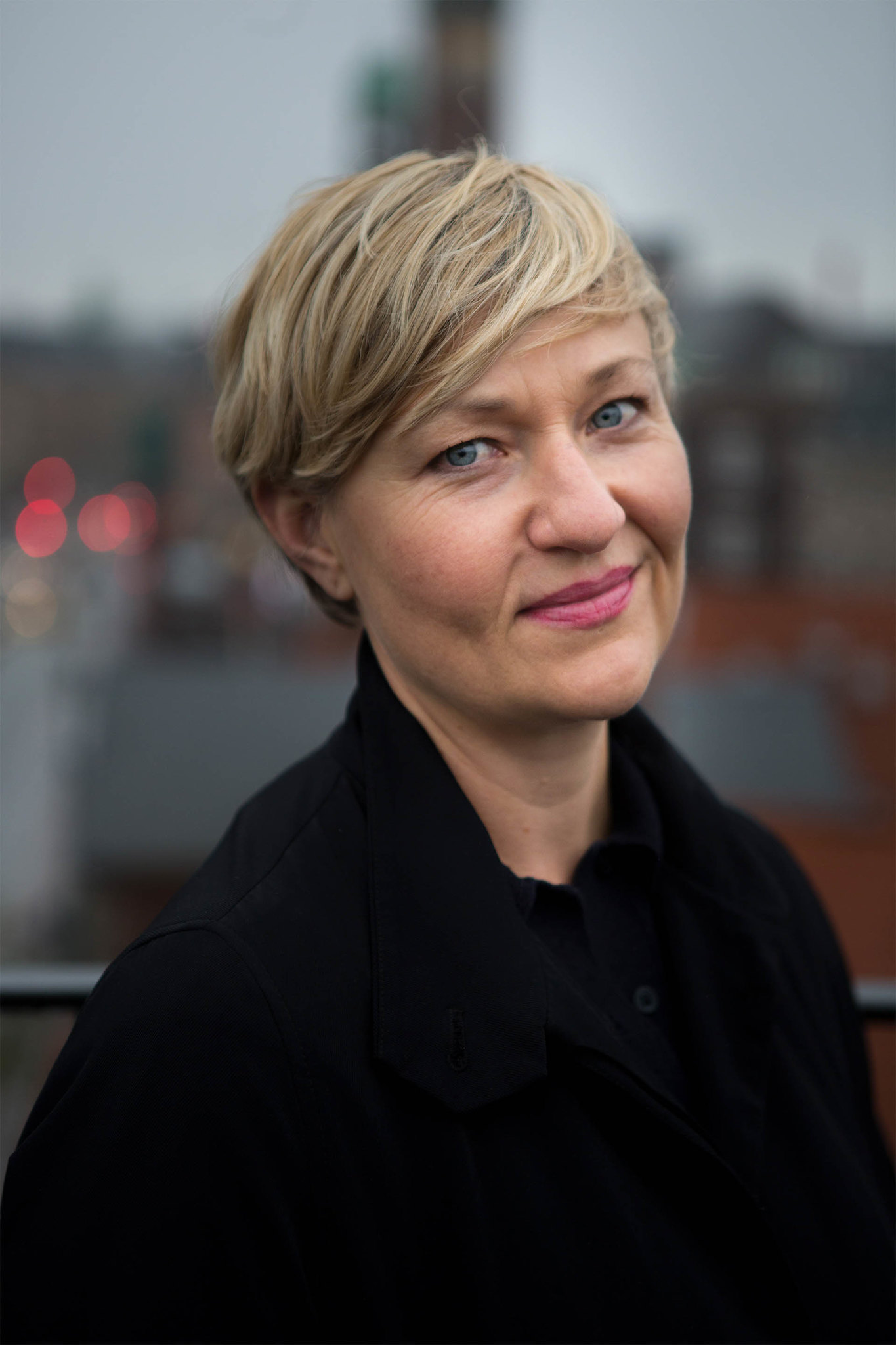
- Interviews
Emma Sullivan’s “Into the Deep”: the Invisible Victims
In August 2017, Swedish journalist Kim Wall was brutally murdered and dismembered by self-proclaimed Danish inventor Peter Madsen in his homemade submarine. At the time Australian documentarian Emma Sullivan was following Madsen in order to tell a completely different story about the eccentric self-made inventor’s Rocket-Madsen’s Space Laboratory. As the horrific details about Wall’s last hours became clearer and clearer, her film took a completely different turn. Into the Deep became a story about the crushed, young volunteers, who were enthusiastically following Madsen on his dream to launch an amateur rocket into space and who were ultimately betrayed by him and his egocentric ambitions and horrific criminal deed. The film reveals that Kim Wall was not the only victim in this case, but that all who were manipulated and abused by Madsen were left with deep wounds and feelings of guilt. Emma Sullivan, who could herself be described as one of those who were misled by his eccentric charisma, has made sure that these invisible victims have become visible for the world to see in Into the Deep. We met her after the film’s Sundance premiere.

Director Emma Sullivan.
sundance.org
You set out to make a very different film. How did you handle the change of subject?
Yes, I set out to make a very different film. I think when you are making (an) observational documentary, you just need to follow the story, it is real life so you need to be prepared for the unexpected, but obviously, there was no preparing for this at all. I think that in those moments where everything goes off script, you need to do your job and follow the story and trust the process, so in that way strangely it was business as usual, but obviously it did not feel that way at all.
What was it like shooting your film after Peter Madsen was arrested and your story took a completely new turn?
That was really difficult. I had to get past my own shock and keep going and some days were more difficult than others. But I did believe in what I was doing and I did hope that I would understand what this was at some point. Obviously, when you are in the eye of the cyclone you cannot quite work out the shape of it. But again, as I said before it is about trusting the process and believing in the potential of documentary storytelling… and just hoping that we will be able to come up for air at some point.
Why did you choose to focus on the people around Peter Madsen rather than on him?
That was an organic thing that happened. The thing is that I did not set out to do a crime story. I did not want to be part of a ‘true crime’. In following the events, the story became about them – about us essentially. Had I been on the outside of the story looking in, I never would have seen this perspective. This is not something that I had ever considered before at all, but as these events were unfolding in front of my lens, I think I uncovered this other perspective, that of those who are close to a perpetrator.
Why did you find this more interesting than focusing on who Madsen was and why he did what he did?
When I started doing research, I discovered that the majority of the focus was on the perpetrator and there was very little reading to find on those who had survived a perpetrator. People who had been influenced by or exposed to a perpetrator and that is what you are seeing in the film here. I thought that this was an important perspective to explore and a worthwhile film to make. I did not want to focus on a perpetrator again. My original premise of the film was a portrait of Peter Madsen but that did not become the most interesting and important thing to convey and communicate to the rest of the world. It became about these guys.
You shot the film both before the disappearance and after the disappearance. What did you discover about the young volunteers when you shot the film?
This is a very vulnerable group that is usually overlooked. The unique thing about being in a position that we are in is that when you are that close to a crime, and the wrong side of that crime, you feel very culpable, responsible and you can even feel guilty for the events that have occurred and that is extremely isolating. You can spiral into depression and PTSD. Those who are around you, they help you, but they cannot quite understand your unique experience and your fears are reinforced by the outside world who are saying: ‘We don’t want anything to do with Peter Madsen.’ And thus, they want nothing to do with them. Their story is attached to him. Then they slip through the cracks and they become invisible. These people started off as very close friends and now I can say that most people have disbanded.
And you have become part of this group in a way as you experienced the discovery of who Peter Madsen really was…
It can be painful for us to get together and see each other. It is a difficult thing to do. Former close friends (to) be in the same room because of the pain that they are going through. On the other hand some of us find invaluable support in each other because of the shared experience. I guess I wanted to ask: what stereotypes or stigmas do we place on these people – these are the witnesses who help us to put these criminals away. Is there a little bit more that we can perhaps do to understand them? Do to support them? This felt worthy of a new discussion.

